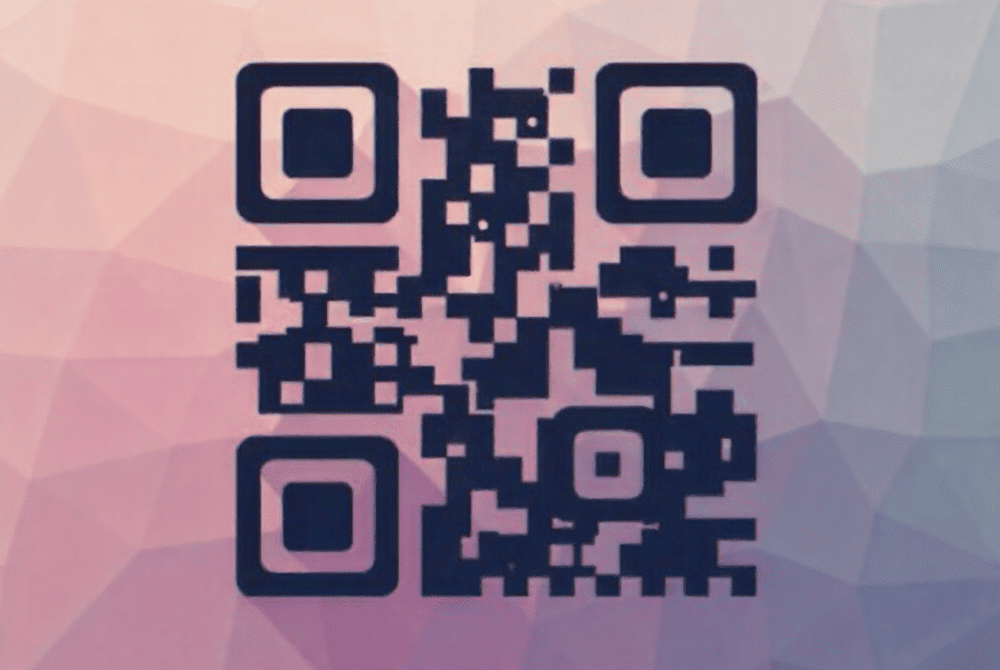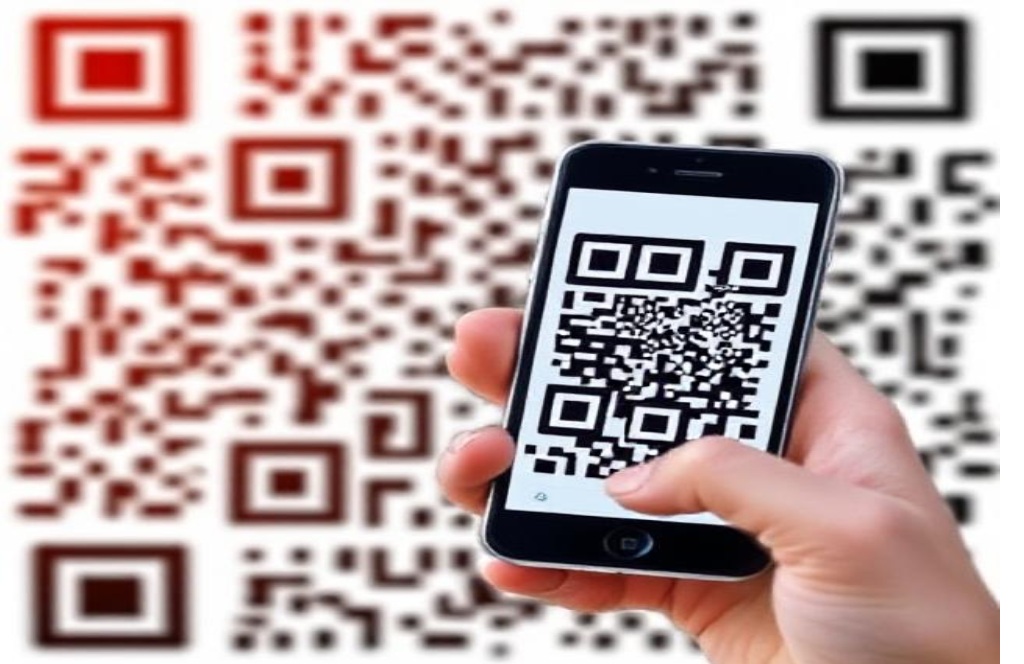One of the most powerful features of UPI QR codes is their ability to remain scannable even when the code is scratched, smudged, or partially obstructed. This resilience is made possible by Reed-Solomon error correction, a mathematical algorithm that introduces redundancy into the encoded data. For digital payments—where a failed scan could mean a lost customer or delayed transaction—this capability is critical. Understanding Reed-Solomon is therefore essential for anyone building or deploying QR-based UPI payment systems, banking applications, or retail POS environments.
What is Reed-Solomon Error Correction?
Reed-Solomon is a block-based error-correcting code that encodes data as polynomials over finite fields, also called Galois Fields (GF). Unlike simple error detection methods, which can only identify or correct single-bit errors, Reed-Solomon codes can handle multiple errors at once, making them highly suitable for robust digital communication.
The algorithm works by generating extra codewords (redundant data symbols) alongside the original payment string, such as:
upi://pay?pa=merchant@upi&am=2450
These redundant codewords don’t add new information but act as recovery markers. If a QR is partially unreadable say the merchant display has scratches or a user’s camera struggles with glare the scanner can use the extra codewords to rebuild the missing pieces and successfully extract the UPI payment data.
Error Correction Levels in UPI QR Codes
QR standards define four error correction levels, and the right level depends on where the UPI QR is displayed:
- Level L (Low, ~7%) – Minimal recovery, used where QR is always printed clearly. Rarely chosen for UPI because of reliability risks.
- Level M (Medium, ~15%) – Balances storage and resilience. Common for printed receipts or clean shop displays.
- Level Q (Quartile, ~25%) – Can recover from up to a quarter of the code being unreadable. Widely used in retail UPI payments where codes are often handled, touched, or exposed outdoors.
- Level H (High, ~30%) – Maximum robustness. Ideal for busy marketplaces, street vendors, or outdoor events where QR codes are likely to be smudged, faded, or physically damaged.
For example, a UPI QR printed on a small roadside vendor’s laminated board typically uses Level Q or H, ensuring even if dirt, scratches, or folds affect part of the code, customers can still make payments without friction.
How Reed-Solomon Works in QR Encoding
At its core, Reed-Solomon treats data as a polynomial function over a finite field:
- Data Representation: Each byte in the UPI string (e.g., “upi://pay?pa=merchant@upi&am=2450”) is represented as a polynomial coefficient.
- Redundancy Generation: Using a generator polynomial, the algorithm calculates parity symbols. These parity values are appended to the UPI data.
- Matrix Mapping: The combination of original UPI data and parity codewords is embedded in the QR’s grid structure.
- Error Detection and Correction: On scanning, if missing or corrupt bits are detected, algorithms like Berlekamp-Massey or Euclidean syndrome decoding are applied to identify where errors exist and reconstruct the original UPI string.
This process occurs in milliseconds, making it invisible to the user. Even a QR that is 20–30% unreadable still processes payments instantly.
Practical Example: UPI QR in a Real Marketplace
Imagine a merchant generates a UPI QR for a transaction of ₹2450. The QR is displayed at the counter, but later a coffee spill smudges 20% of its surface.
- The customer scans the damaged QR.
- The scanner identifies missing or inconsistent modules in the QR matrix.
- Reed-Solomon parity codewords are used to reconstruct the missing data.
- The UPI string is restored in full (upi://pay?pa=merchant@upi&am=2450).
- The payment request proceeds, and the customer authorizes it with a UPI PIN.
For the buyer, the process feels seamless—yet in the background, mathematical redundancy ensured that the payment did not fail.
Why Reed-Solomon is Essential for UPI Payments
In UPI’s high-volume environment—millions of QR scans every day—reliability is non-negotiable. Reed-Solomon guarantees this by:
- Preventing failed transactions when QRs are faded, scratched, or partially obscured.
- Supporting merchants in outdoor or high-contact retail environments.
- Reducing customer frustration and revenue loss caused by unreadable QR codes.
- Enabling UPI to function seamlessly even on low-end smartphone cameras that may struggle with lighting or focus.
This resilience is a major reason QR codes have become the backbone of India’s digital payment revolution.
Implementation in QR Code Software
Most modern libraries automatically include Reed-Solomon when generating QR codes for UPI or other purposes. Developers typically need to provide only:
- The UPI string or payment URI.
- The error correction level (L, M, Q, H) based on expected usage.
Popular libraries implementing Reed-Solomon include:
- Python: qrcode, segno, PyQRCode
- JavaScript/Node.js: qrcode, qr-image
- Java: ZXing (Zebra Crossing)
- C++: libqrencode
By abstracting the math, these tools let fintech developers focus on business logic while still leveraging mathematically guaranteed error recovery.
Reed-Solomon error correction is the mathematical safeguard that makes UPI QR codes resilient, trustworthy, and scalable for real-world payments. By embedding redundancy into the payment string, it ensures that even under physical damage or imperfect scanning conditions, the QR remains functional. This reliability has allowed UPI QR codes to dominate digital payments in India and expand globally, powering everything from street vendors to enterprise POS systems.
Without Reed-Solomon, UPI’s QR-based infrastructure would not have been able to handle the mass adoption, high transaction volume, and diverse real-world conditions that define today’s digital economy.




